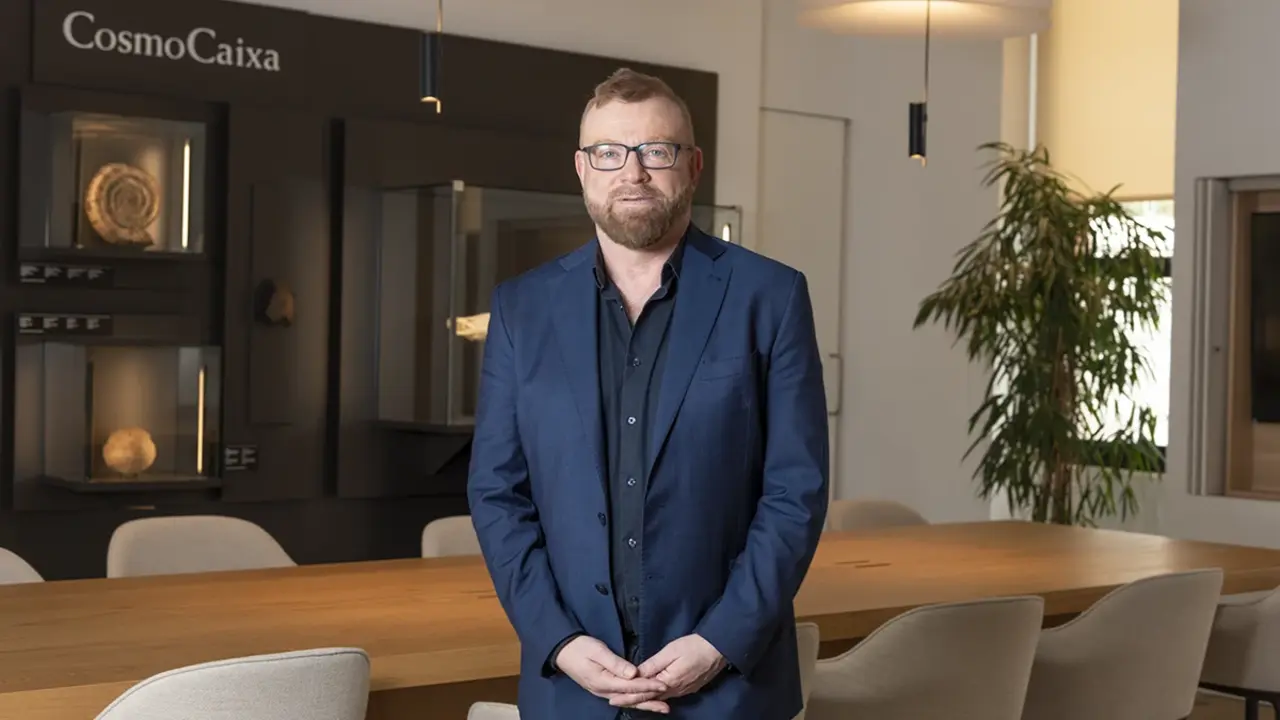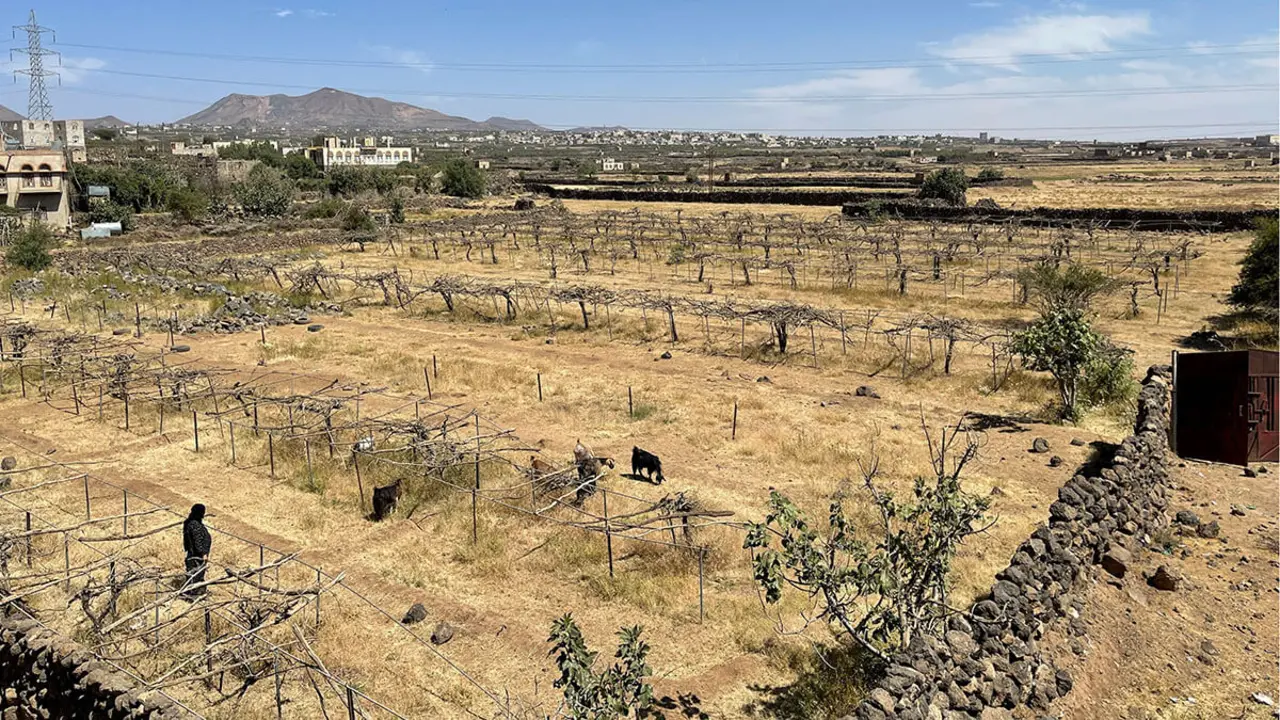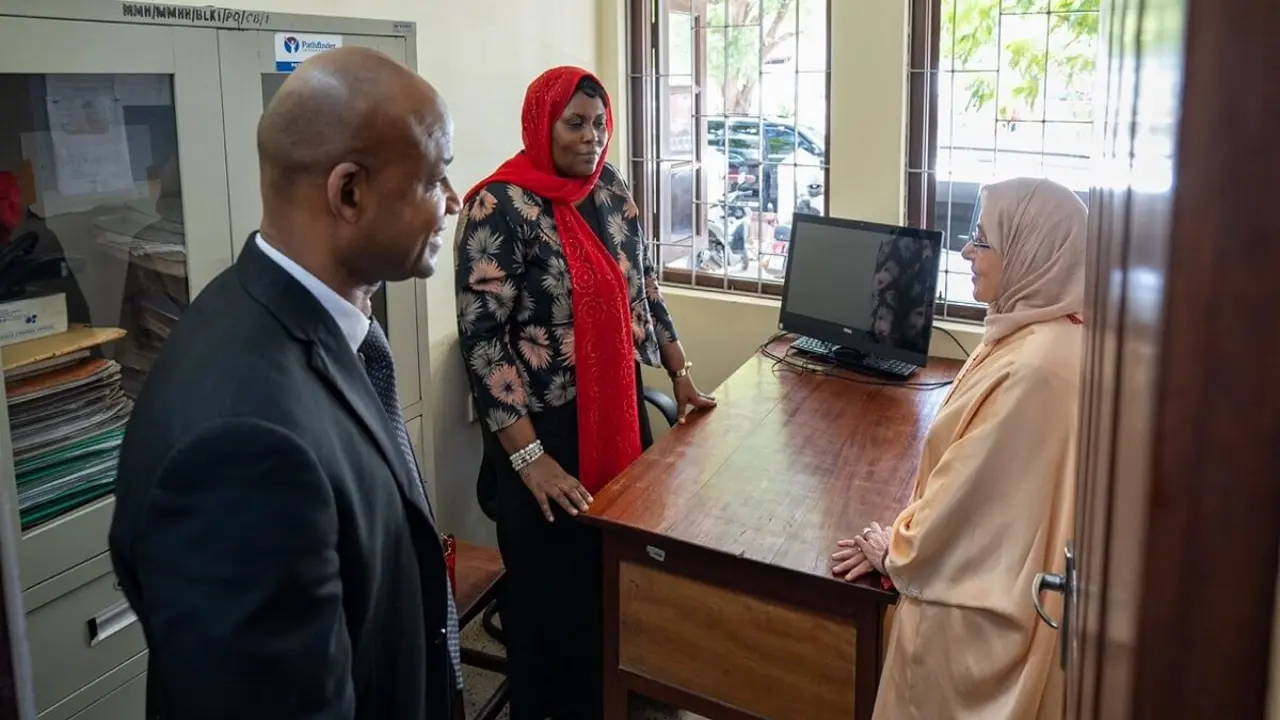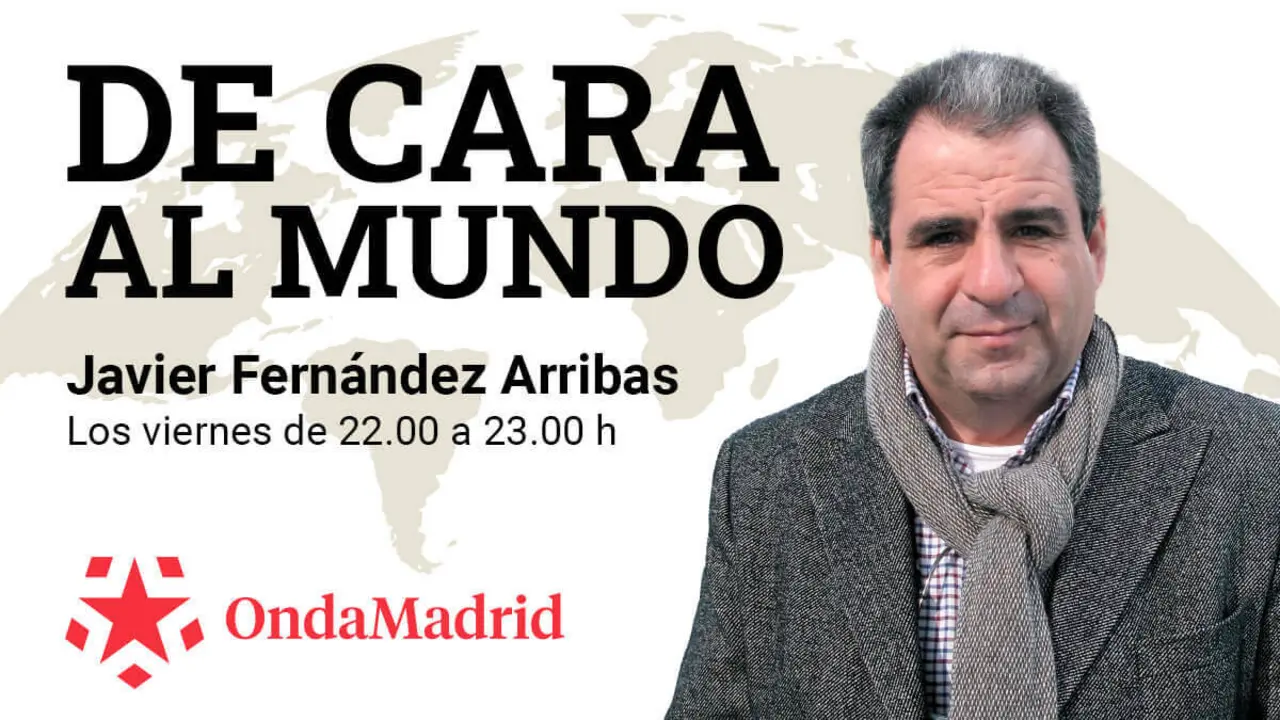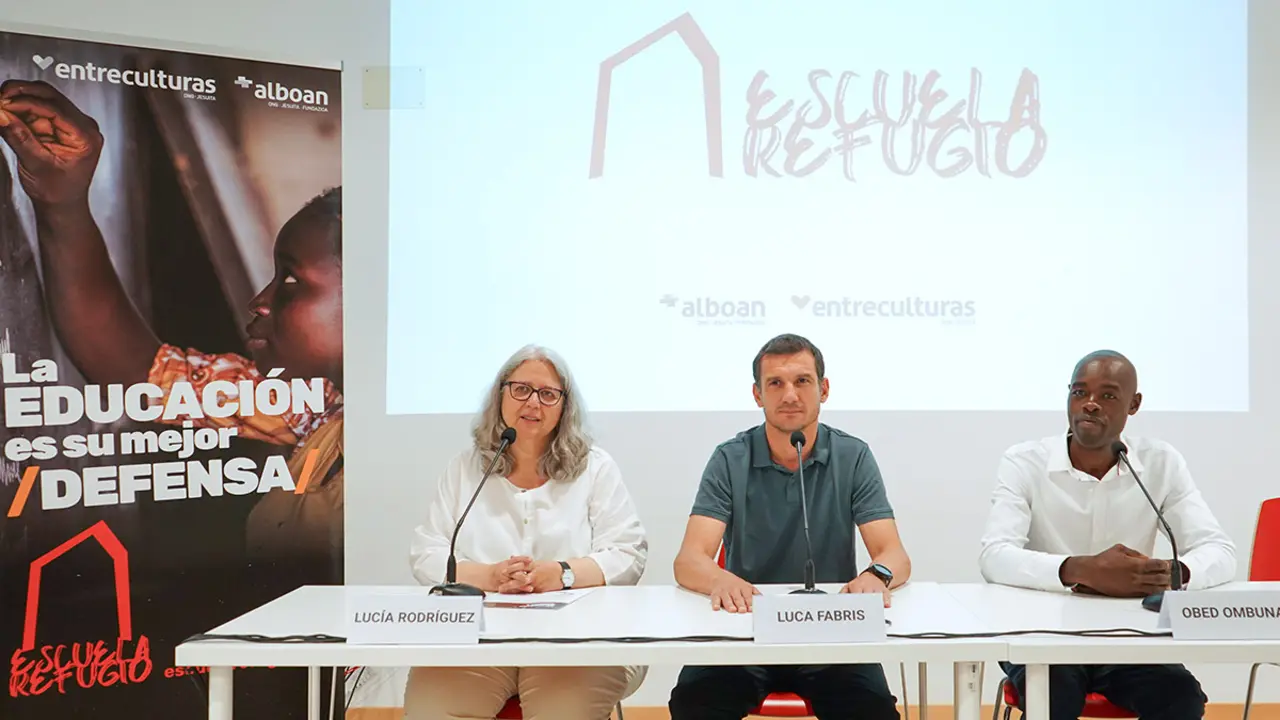El número de refugiados en Marruecos se incrementa cada vez más

The refugee issue is on the rise. Conflicts in some territories are forcing the population living in these areas to leave their homes and seek refuge in other countries. One of these countries is Morocco, which has been receiving thousands of refugees for years. The latest data from UNHCR - the High Commissioner for Refugees - confirms that at the end of March there were almost 20,000 people residing and seeking asylum in Morocco.
The statistics indicate that the number of refugees and asylum seekers in the Kingdom is 19,620. However, the largest number of this figure is accounted for by those waiting to apply for help, with around 9,522 people.

UNHCR also indicates that there are now more men than women among the refugee population. The latter represent 62.7% of the asylum seekers, with some 5,971 persons. In the case of women, there are 3,551 women residing in the Alawi country. On the other hand, in terms of age, the refugees who have arrived in the region are all adults, between 18 and 59 years of age.
It is worth noting that, for the most part, Syrian refugees constitute the largest community of asylum seekers in the North African country. Figures suggest that some 5,150 Syrians already reside in Morocco. Syrians have long been the majority presence in the Kingdom. The High Commissioner for Planning (HCP) conducted a survey on forced migration in the country in 2021, which revealed that one out of two refugees was of Syrian origin. This population represents 54.4% of the total number of refugees.

Syrians are followed by Yemenis, who, today, number some 1,171 refugees who have settled in Morocco. Their presence confirms that they are the second largest community of asylum seekers residing in the Maghreb country, representing 12.3% of the total. The HCP specifies that they are followed by those fleeing from parts of central Africa, with 9.9%, and Ivorians, with 4.5%.
This survey also specified that 3,000 migrants were counted in 2021, divided into 2,220 regular and non-regular migrants, while 800 of them were asylum seekers. According to the HCP, of all migrants, whether regularised or not, 16.7% come from Côte d'Ivoire, 15.9% from Senegal, 12.3% from Guinea and 10.1% from the Democratic Republic of Congo. On the other hand, although to a lesser extent, there are also people from Cameroon, Mali and the Central African Republic with 8.7%, 4.9% and 2.3% respectively. Similarly, there are also people from other African countries who travel to Morocco to improve their living conditions, representing 15.1%.

Furthermore, according to the respondents, 84.9% of migrants left their place of origin from 2010 onwards. Prior to that year, rates were only 15.1%, affirming the increasing severity of conflict in some territories.
UNHCR has been working for years in the Alawi country to address the situation of these people forced to flee their places of origin. In the Kingdom, the organisation provides refugees with all kinds of humanitarian assistance and protection. In addition, the institution focuses on the rapid, effective and safe integration of these people into the Moroccan population.
For this reason, financial aid is provided to these displaced persons to cover their basic needs. They are also given access to education and health services. It is worth noting that a programme developed by UNHCR has managed to enrol more than 90% of refugee children in the country's primary schools by 2020, guaranteeing them equal conditions to continue their education despite the conditions in which they find themselves.

